#harvardgsd
Photo

We’re opening up our Dynamic Mutations GSD V7.0 webinar with @harvardgsd to everyone for free!!! - This 15 hour, 3 day webinar will be showcasing Houdini, Cinema 4D and Redshift with @pedro.verodriguez & @carlosnavarro.cn ! - ❓How to Join: This webinar is FREE but requires a password to access the registration, to obtain the password: ✅follow @pedro.verodriguez, @carlosnavarro.cn & @designmorphine on IG. ✅share this post to your story with @pedro.verodriguez, @carlosnavarro.cn & @designmorphine visibly tagged. ✅If you are private then you must send us a screenshot of your story share. - ❗️Bonus: Those who attend Live will also get a downloadable version of the recordings along with the streamable recording access! - 🔗Join here or link in bio: https://designmorphine.com/education/dynamic-mutations-gsd-v7-0 - See you there, spaces are limited, make sure to follow all the rules! - There will be 60 day access to view the recording but those who attend the live will also get a downloadable recording to keep! - *Only for followers *No fake accounts *No close friends lists . . . . . . #generativedesign #houdini #cinema4d #digitalart #3dmodeling #harvard #motiongraphics #harvardgsd #harvardgraduateschoolofdesign #parametric #parametricdesign #sidefx #generativeart #redshift #c4d #superarchitects #archihub #nextarch #architecturelovers #computationaldesign #architecturefactor #3dmodeling #parametricarchitecture #next_top_architects #architecturestudent #mograph #architectureporn #vfx #architecture_hunter (at 𝓣𝓱𝒆 𝓤𝒏𝒊𝓿𝒆𝒓𝒔𝒆) https://www.instagram.com/p/CnHyFMFpkF2/?igshid=NGJjMDIxMWI=
#generativedesign#houdini#cinema4d#digitalart#3dmodeling#harvard#motiongraphics#harvardgsd#harvardgraduateschoolofdesign#parametric#parametricdesign#sidefx#generativeart#redshift#c4d#superarchitects#archihub#nextarch#architecturelovers#computationaldesign#architecturefactor#parametricarchitecture#next_top_architects#architecturestudent#mograph#architectureporn#vfx#architecture_hunter
2 notes
·
View notes
Photo

Follow @urbandesign.lab The first design exercise for the Elements of Urban Design studio focuses on South Boston, an urban core in transition located on the southern edge of the historic downtown. During the past decade, the area’s many underutilized tracts of land and elements of industrial infrastructure have been intensely redeveloped into what is currently one of the most expensive neighborhoods in Boston. Given the housing crisis in the Boston area, students have explored a program with housing as the backbone for a broader urban strategy, i.e., a mixed-use development consisting of housing and additional complementary functions, as well as public spaces. Instructors: Peter Rowe, Stephen Gray @sgrayud , Yun Fu, Alex Yuen @abcyuen , Alia Bader @aliabader92 , TA: Elyjana Roach @elyjanaroach Project by : @tomasquaglia and Zhihan Wang’s @zzzh_wang DM for credits/Removal. Urban Design | Landscape | Architecture ▪️Follow @urbandesign.lab ▪️Get featured @urbandesign.lab ▪️Turn on Post Notification . . . . #harvardgsd #harvardurbandesign #urbandesign #gsdstudentwork #harvardupd #climatechange #resilience #publicspace #landscapeurbanism #urbandesigncare #urbandesignstudio #urbandesigngroup #urbandesigner #urbandesignjobs #urbandesignlab #urbandesigntaquaral #urbandesignforum #architectureshots ##arkitektura #архитектура #arquitetura #memarlıq #arhitectură #arquitetura #mimari #архітектура #arhitektura #dhismaha #arquitectura #arkitektur #diseñourbano (at Boston,USA) https://www.instagram.com/p/ClImyOQLTKf/?igshid=NGJjMDIxMWI=
#harvardgsd#harvardurbandesign#urbandesign#gsdstudentwork#harvardupd#climatechange#resilience#publicspace#landscapeurbanism#urbandesigncare#urbandesignstudio#urbandesigngroup#urbandesigner#urbandesignjobs#urbandesignlab#urbandesigntaquaral#urbandesignforum#architectureshots#arkitektura#архитектура#arquitetura#memarlıq#arhitectură#mimari#архітектура#arhitektura#dhismaha#arquitectura#arkitektur#diseñourbano
0 notes
Photo
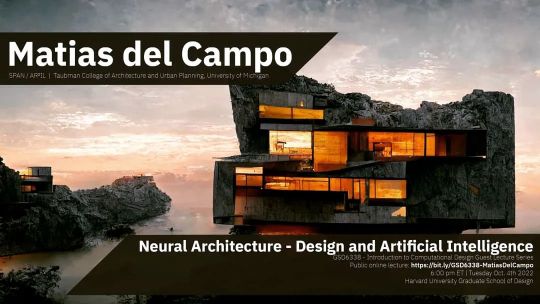
AI & Architecture - Lecture 10/04/2022 I'm looking forward to giving a lecture tomorrow about my book "Neural Architecture - Design and Artificial Intelligence" at Harvard GSD. Thank you very much to Jose Luis Garcia del Castillo for the invitation to lecture. This lecture will be live-streamed here: https://bit.ly/GSD6368-MatiasDelCampo Get the book here: https://tinyurl.com/46cvkte3 #lecture #harvardgsd #neural_architecture #neuralarchitecture #artificialintelligence #artificial_intelligence #estrangement #defamiliarization #ostranenie #newparadigm #machinelearning #gan #generative_adversarial_network #stablediffusion #aiarchitects #posthuman #aiarchitecture #archinect #archilover #archdaily #midjourneyarchitecture #arch2o #midjourney #neural_architecture (at Vienna, Austria) https://www.instagram.com/p/CjRU3jEuL6e/?igshid=NGJjMDIxMWI=
#lecture#harvardgsd#neural_architecture#neuralarchitecture#artificialintelligence#artificial_intelligence#estrangement#defamiliarization#ostranenie#newparadigm#machinelearning#gan#generative_adversarial_network#stablediffusion#aiarchitects#posthuman#aiarchitecture#archinect#archilover#archdaily#midjourneyarchitecture#arch2o#midjourney
0 notes
Text
MODELS PRODUCED AT THE GSD (harvard graduate school of design) FOR THE INTEGRATED STUDIO…..
_ik
1 note
·
View note
Photo
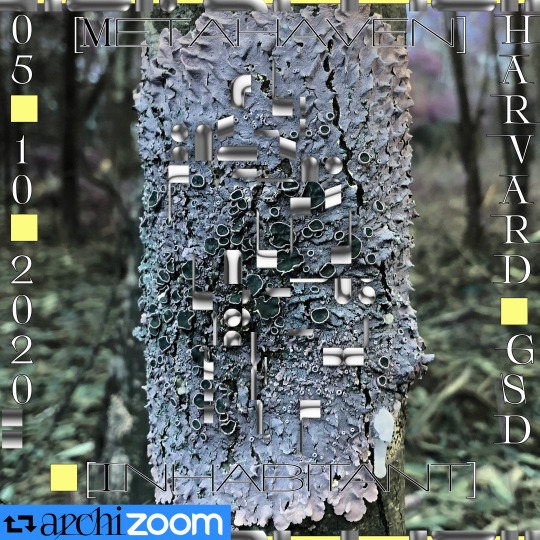
Inhabitant
lecture at Harvard GSD
October 5, 2020
https://www.gsd.harvard.edu/event/metahaven/
Last April, we went out on bicycles and followed the blossoms. From street to street we crisscrossed, trailing the path of their delightful colors.
As foxes, wolves, and deer took to the cities, parts of a world in lockdown gave in to a silent dream.
The skies were empty. Emails skirted across the planet like tiny comets of kindness. Skype rituals and Zoom exchanges took place against the backdrop of private rooms: a world, at once more intimate and more distant, made itself available as live TV, replacing the physical meeting, supplanting physical social interaction with an audiovisual simulacrum.
We had a brief window of time to take notice of the recent past, in which our senses had seemed to have become paralyzed by cascading urgencies. How could we respond to the imperative of being in the now, of inhabiting the present? Can a work absorb the moment in time of its making without becoming like the news?
Inhabitant is about this question and how it has informed our work in filmmaking, art, and design. Referring to processes of sensing and inhabiting as practiced by non-human-species such as mushrooms and lichens, we will reference the work of Anna Tsing and Jennifer Gabrys, among others. In doing so, Inhabitant will explore affinities between sensing and cinematic capture.
28 notes
·
View notes
Photo
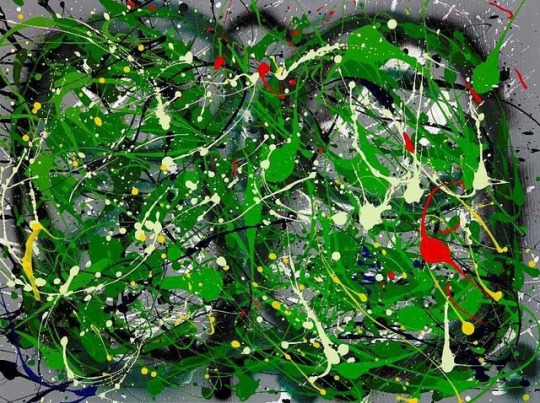
No. 2248. “First Earth Day 1970” from the Artist’s Harvard GSD Series. Available. Original acrylic painting on 30”x40”x1.5” stretched canvas. Tribute to Joan Miro’s Les Grant’s Series from the time Miro collaborated with Jackson Pollack in the early 1960’s. Piece may be viewed from each of 4 sides. #jrkartist #johnrkazanjian #bauhaus #harvardgsd #joanmiro #jacksonpollock #healingart #interiordesign #midcenturymodern (at Las Vegas, Nevada) https://www.instagram.com/p/Bwj_GflB8dk/?utm_source=ig_tumblr_share&igshid=f6mikq06v858
#jrkartist#johnrkazanjian#bauhaus#harvardgsd#joanmiro#jacksonpollock#healingart#interiordesign#midcenturymodern
1 note
·
View note
Text
Design Agency within Earth Systems symposium at the Architecture Association, London. Ocean as Platform challenges perceived boundaries between land and sea, ground and air and moves towards food self-reliance.
3 notes
·
View notes
Photo

This masked gryphon welcomes students to an exhibit in the Graduate School of Design's Gund Hall. ⠀ Follow @joseifworldblog.page for more beautiful stories #Harvard #HarvardGSD ⠀ Photo: Kris Snibbe/Harvard Staff Photographer #petemcbride #reuters #earthlovers #earthfocus #naturephotography #chanel #marcucipal #washingtonpost #aljazeera #birds🐦 #birdlife #animallovers #AnimalPhotography #joseifworlrldblog #animalkingdom#instagram #instablog9ja #cnnnews #natgeowild #batgeo https://www.instagram.com/p/CUaNoBXokD2/?utm_medium=tumblr
#harvard#harvardgsd#petemcbride#reuters#earthlovers#earthfocus#naturephotography#chanel#marcucipal#washingtonpost#aljazeera#birds🐦#birdlife#animallovers#animalphotography#joseifworlrldblog#animalkingdom#instagram#instablog9ja#cnnnews#natgeowild#batgeo
0 notes
Photo
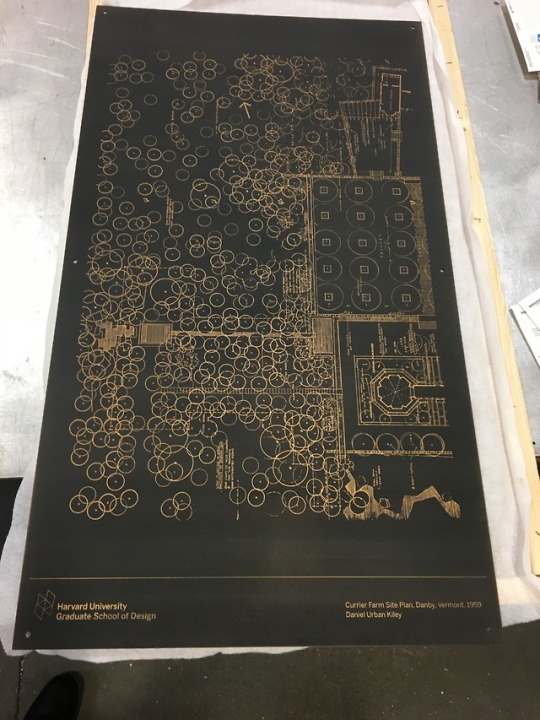
2 notes
·
View notes
Photo
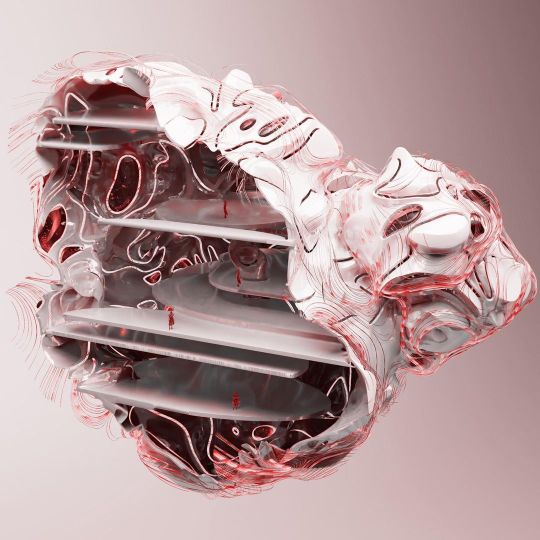
Heading back to @harvardgsd this January 11-13 with our Free webinar for @harvardgsd students, Dynamic Mutations GSD V7.0! - Taught by: @pedro.verodriguez @carlosnavarro.cn - Dynamic Mutations GSD V7.0 will be using Houdini, Cinema 4D, and Redshift. . . . . . . #generativedesign #houdini #cinema4d #digitalart #3dmodeling #harvard #motiongraphics #harvardgsd #harvardgraduateschoolofdesign #parametric #parametricdesign #sidefx #generativeart #redshift #c4d #superarchitects #archihub #nextarch #architecturelovers #computationaldesign #architecturefactor #3dmodeling #parametricarchitecture #next_top_architects #architecturestudent #mograph #architectureporn #vfx #architecture_hunter (at Harvard Graduate School of Design) https://www.instagram.com/p/CmPJVP3vLsO/?igshid=NGJjMDIxMWI=
#generativedesign#houdini#cinema4d#digitalart#3dmodeling#harvard#motiongraphics#harvardgsd#harvardgraduateschoolofdesign#parametric#parametricdesign#sidefx#generativeart#redshift#c4d#superarchitects#archihub#nextarch#architecturelovers#computationaldesign#architecturefactor#parametricarchitecture#next_top_architects#architecturestudent#mograph#architectureporn#vfx#architecture_hunter
3 notes
·
View notes
Photo
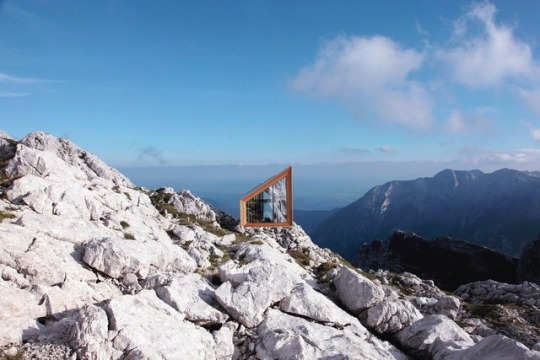
...Alpine shelter on Mount Skuta . . . photo: @janez_mar . . . #alpinearchitecture #cabin #wintercabin #shelter #alps #bivak #skuta #modernapartment #apartmenttherapy #modernhomes #DMmodernhomes #natgeo #architecturephotography #alpinearchitecture #alpinehut #alpine #architecturelovers #DMmodernhomes #natgeo #architecturephotography #ofisarchitects #harvardgsd #alpinearchitecture #alpinehut #alpine #architecturelovers #designmilk #architizer #archilovers #archdaily #dezeen #designboom #modernhouse #architecturelovers #architizer #archilovers #superarchitects #arquitetura #bivaque #arquiteturacontemporanea (at Kamnik–Savinja Alps)
#shelter#modernhomes#harvardgsd#apartmenttherapy#arquiteturacontemporanea#arquitetura#wintercabin#alps#archdaily#alpinehut#superarchitects#designboom#alpine#modernhouse#alpinearchitecture#ofisarchitects#natgeo#bivak#dmmodernhomes#dezeen#architizer#architecturelovers#skuta#designmilk#modernapartment#bivaque#architecturephotography#cabin#archilovers
3 notes
·
View notes
Text
And that’s a wrap! After twelve weeks of work here in Rotterdam, we’re done, and with King’s Day (Koningsdag) tomorrow, we’ve got multiple reasons to celebrate.
Over the course of the next week, I’ll be posting a few highlights from our semester abroad, including some photos from our trip to Paris in March. But first: a few photos and some reflections from our final review.
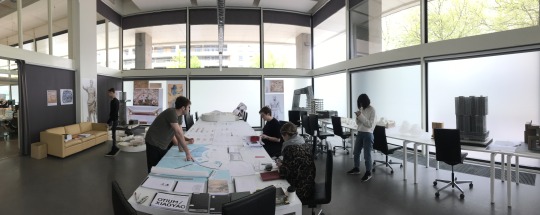
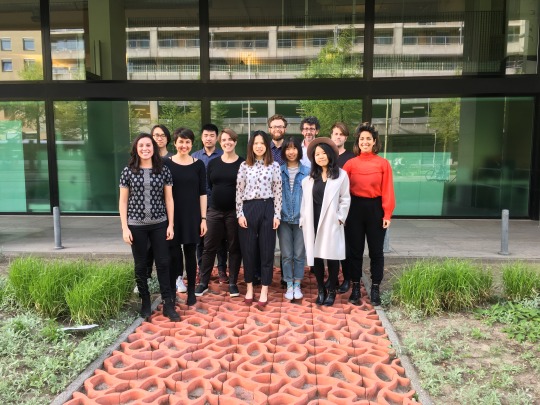
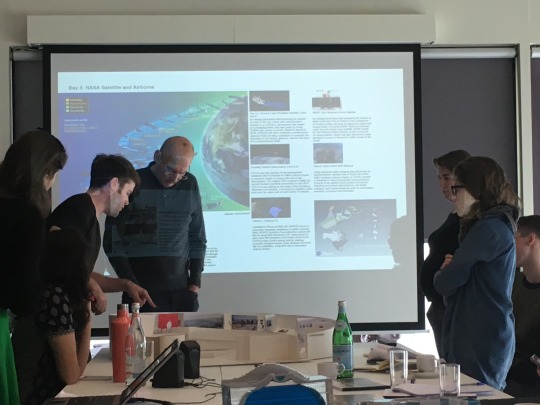

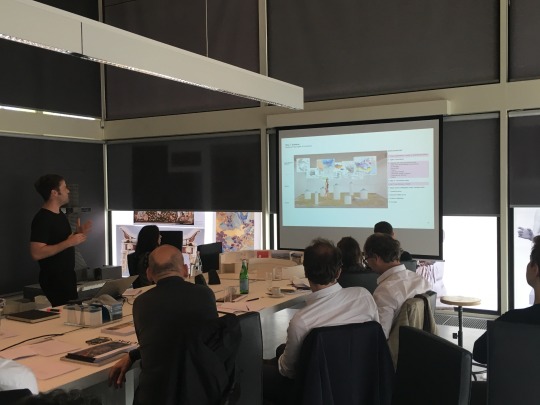
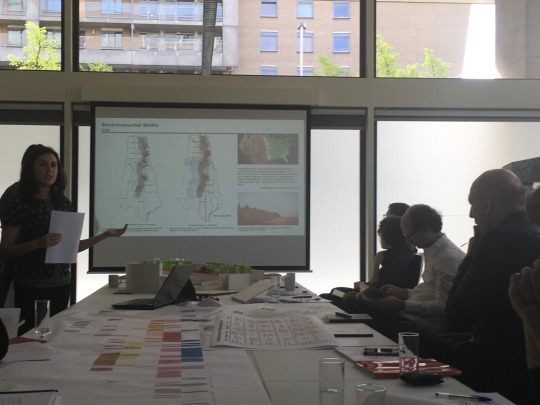

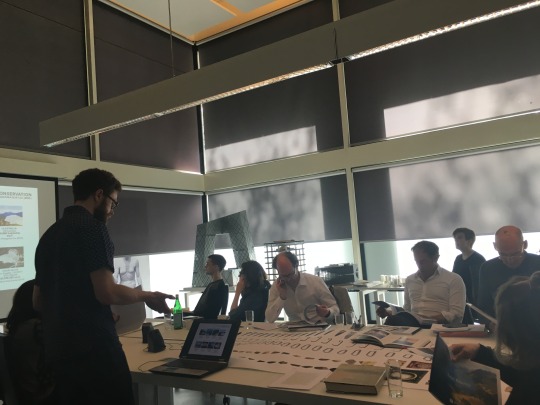
It was really impressive to see each of my classmates present this past Monday. Several of us worked in teams to develop our projects over the course of the semester, while others worked individually. In every case, the work presented was well-developed and thoroughly researched. From our mid-term review to our final, each project had gained a clearer purpose and position within the exhibition as a whole.
While I cannot divulge what exactly we were researching and designing this semester—you’ll have to wait until the ‘Countryside: Future of the World’ exhibition opens at the Guggenheim in 2019 to find out—I can say that the topics addressed by the exhibition are diverse, and that the methods of representation and curation are unconventional. As it turns out, the countryside is a vast and unpredictable terrain, and expressing the many meanings and futures of ‘countryside’ within the confines of a museum gallery is a formidable task.
As my partner and I were told by Rem during our final review, the research and object list that we presented could very well take up the entire space of the Guggenheim. This was a common theme throughout the day: over the course of the semester each of us had developed several thick booklets, provisional plans, and models to represent the intent of each exhibition theme. Now the task would be to further edit the work—to locate its essence. Topics of extreme complexity and scale needed to be rendered comprehensible to a broad public. To summarize, distill, design, collect, and curate would not be enough. We needed to find a way to make argument into art.
Within that curious spiral archetype dreamed up by Frank Lloyd Wright from 1943-1958 (just as highways and spiral interchanges were unfurling across the American landscape), curating the countryside comes with a particular challenge: how to not succumb to the idea that the future of the earth will be a downward spiral—a declensionist narrative in which the ground beneath our feet is swept away by sea-level rise and permafrost melt; in which our species buries itself in industrial waste and suffocates in the emissions of its own exhaust.
As self-driving cars take to the streets to rework transportation networks, and as roboticization radically shifts the spatial and social organization of the countryside, taking our hands off the proverbial steering wheel and resigning ourselves to a future governed by technology and automation is simply not an option. A glance into the rear-view mirror shows us that the countryside is a historically under-designed space; and designers, architects, landscape architects, planners, community organizers and activists are all part of its future.
The question is whether our roles will be passive and piecemeal; or active and collaborative. What if we re-routed our modern fixation on the metropolis and decided to take that obscure highway exit to Cimarron or Silverton, instead of always having our sights set on the city as our final destination?
While the exhibition will invite visitors to ask questions like these, we don’t necessarily need to wait until Fall 2019 to begin the conversation. What does the future of the countryside look like to you? What will it look like for the next generation? And facing these futures, what will be your position?
It is all too easy to watch the landscape of the countryside transform from afar— our eyes trained to watch like tourists in the 19th century tradition. In this post-urban future, taking the position of a passive observer is not an option. We can no longer overlook or refuse to recognize the implications of our own actions within the so-called countryside ‘scene.’ The countryside landscape is not simply a stage-set for leisure, pleasure, and liberation from city life. It is the space in which neoliberal forces are playing out most unpredictably—and as designers, we have hands and minds to put to work in these extra-urban spaces. They need our attention more than ever before.
— Charlotte Leib, Master in Landscape Architecture I / MDes. History and Philosophy of Design Dual-Degree Candidate 2019
3 notes
·
View notes
Photo
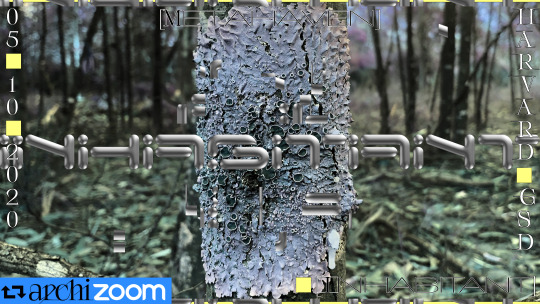
Inhabitant
lecture at Harvard GSD
October 5, 2020
https://www.gsd.harvard.edu/event/metahaven/
Last April, we went out on bicycles and followed the blossoms. From street to street we crisscrossed, trailing the path of their delightful colors.
As foxes, wolves, and deer took to the cities, parts of a world in lockdown gave in to a silent dream.
The skies were empty. Emails skirted across the planet like tiny comets of kindness. Skype rituals and Zoom exchanges took place against the backdrop of private rooms: a world, at once more intimate and more distant, made itself available as live TV, replacing the physical meeting, supplanting physical social interaction with an audiovisual simulacrum.
We had a brief window of time to take notice of the recent past, in which our senses had seemed to have become paralyzed by cascading urgencies. How could we respond to the imperative of being in the now, of inhabiting the present? Can a work absorb the moment in time of its making without becoming like the news?
Inhabitant is about this question and how it has informed our work in filmmaking, art, and design. Referring to processes of sensing and inhabiting as practiced by non-human-species such as mushrooms and lichens, we will reference the work of Anna Tsing and Jennifer Gabrys, among others. In doing so, Inhabitant will explore affinities between sensing and cinematic capture.
6 notes
·
View notes
Photo
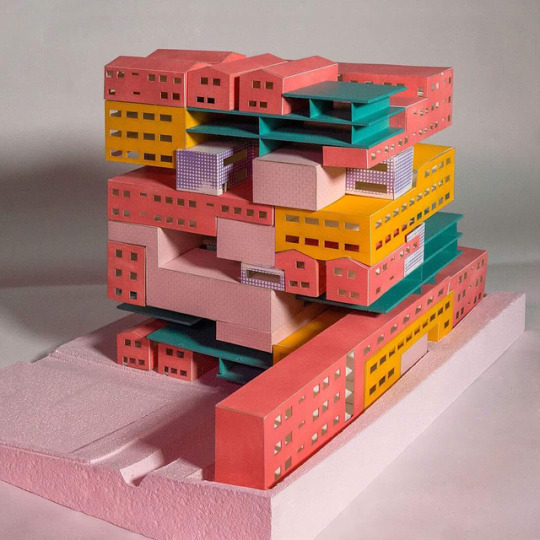
Debordering Tijuana~ thesis provocation on domesticating the city #domestic #tijuana #architecturethesis #architecturestudent #archizoom #mexico @littleblackbox.ny #nexttoparchitects #marchthesis #harvard #harvardgsd #gsd (at Tijuana, Baja California)
#harvardgsd#domestic#harvard#architecturethesis#architecturestudent#archizoom#nexttoparchitects#tijuana#gsd#mexico#marchthesis
1 note
·
View note
Photo
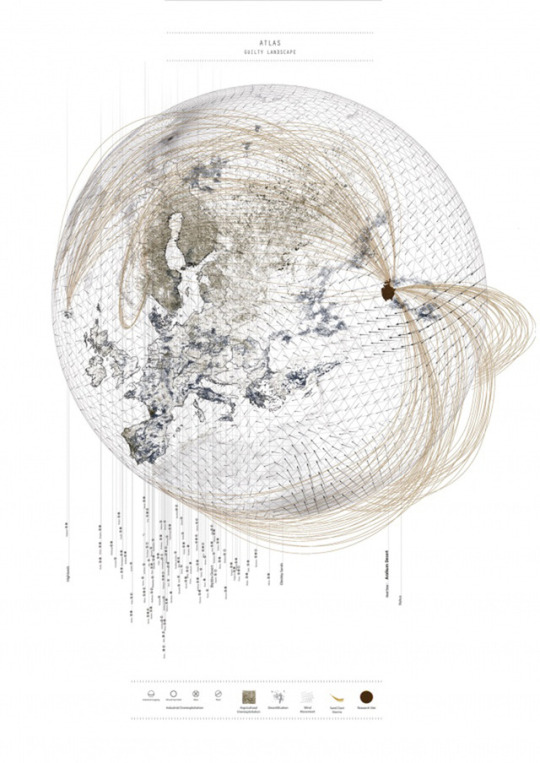
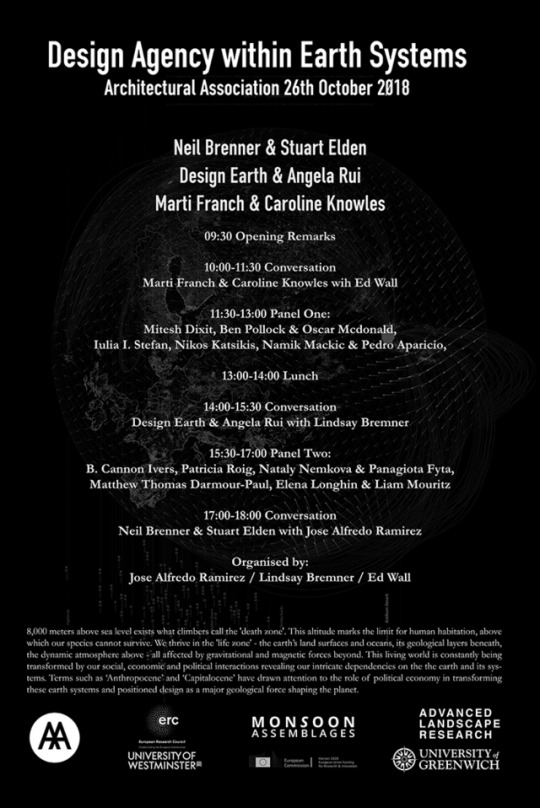
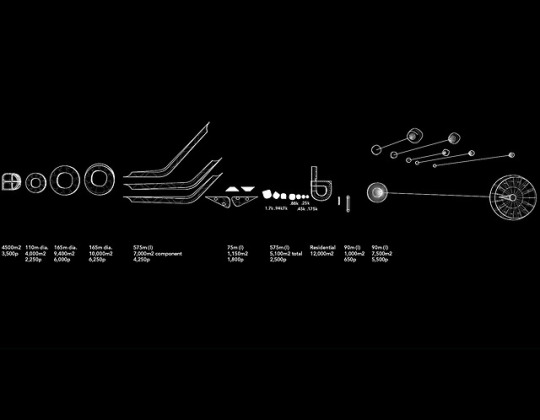
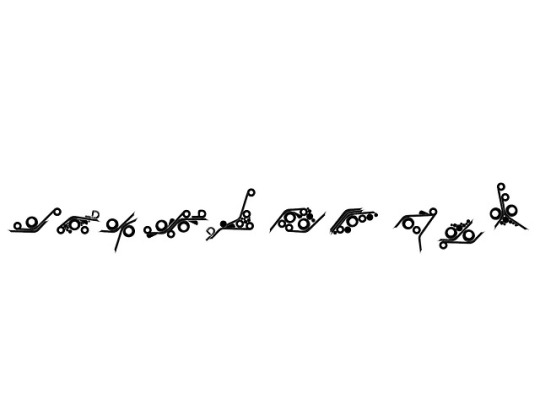

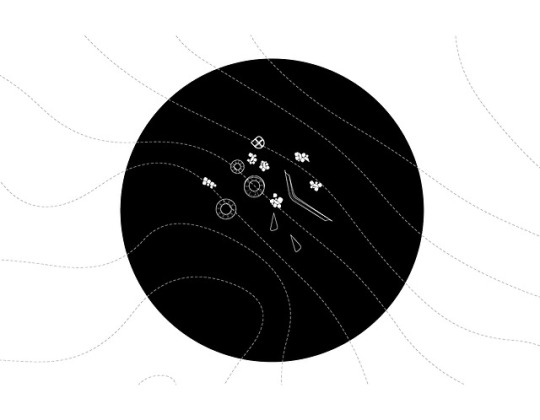

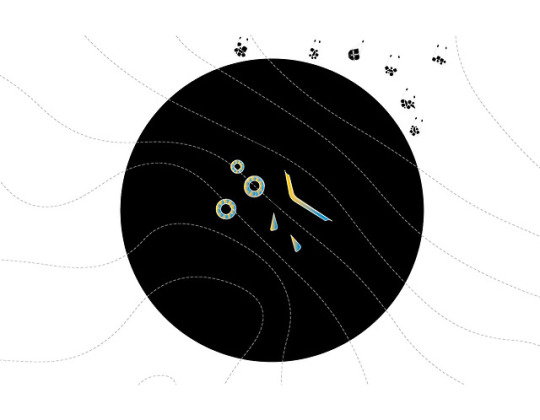
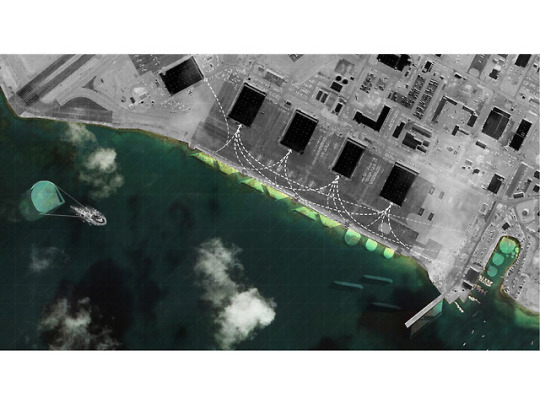

Ocean as Platform positions the surface of the ocean as a fertile medium for food autonomy. The project operates across multiple scales from geo-political Economic Exclusions Zones, indigenous land management systems called Ahupua'a to the scale of local food production and distribution.
Hawai’i imports 92% of food consumed by the 1.4million residents and 8 million tourists at a cost of $3 billion. Food is imported from the mainland--2,500 miles away--because the Ahupua‘a is no longer in operation. Hawai’i’s reliance on imported food is not a crisis of available land. It is an issue of land ownership. Of O’ahu’s 597 square miles, 14 land holders own 420 square miles. If an event were to disrupt the flow of imported food, Hawai’i’s food supply would last 10 days. There is now a movement to return to the systems of the past; to the attitudes of the age of the Ahupuaʻa.
Ahupuaʻa is a system of land tenure and organization from sky to ocean, driven by principles of ecology and hydrologic cycles, where conditions are tailored for specific crops to flourish and nourish the people who cultivate and share them. Salinity of water is calibrated to develop algae to raise fish and sustain human colonisation. The borders of the Ahupuaʻa are determined by function and equality as the distribution of resources and land is shared.
Looking beyond the surface of the ocean, this project operations sectionally through the ocean and sky as means of production. This ‘altitudinal agriculture’ utilized the changes in the atmospheric and oceanic temperature to grow alternative crops that demand colder temperatures using balloons and submersibles.
Self-organising architecture, at a military scale, cultivate crops and harness energy. When ready to be harvested, smaller modules are corralled and taken to shore for wider distribution while the larger elements capture solar and wave energy and desalinate the water.
Projective in its pursuit, this project examines what role the other 71% of the surface of the Earth can play in global food production and local autonomy.
More information on the project can be found at:
http://www.thesitemagazine.com/read/ocean-as-platform
1 note
·
View note
Photo
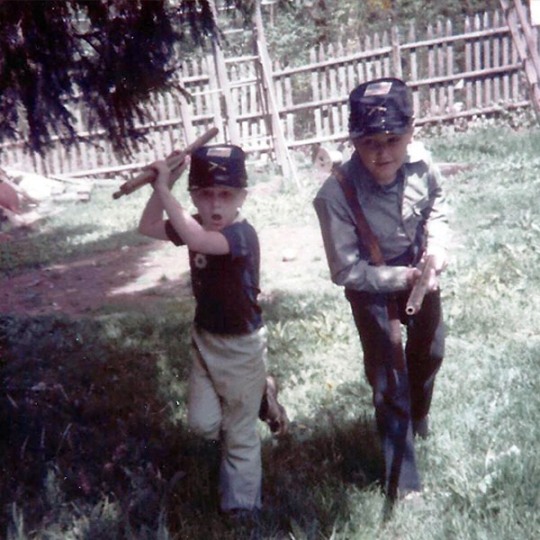
The Borden Boys. New web page for a classic artistic collaboration of lovingly productive brothery combat and simultaneous camaraderie with @bord1976. More jams available at http://davidbuckleyborden.com/the-borden-boys #civilwar #art #design #SMFA #harvardgsd ##bosarts #thebordenboysart (at Cambridge, Massachusetts) https://www.instagram.com/p/B8k4pfrgDpf/?igshid=1ux3wp5oi4tmi
0 notes